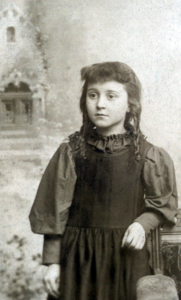Have you ever heard someone say, “The proof is in the pudding?” This is especially true of genealogy research. It is simply not enough to “know” or have a “gut feeling” that your family tree is correct, or family stories are 100% accurate. You need to have the paper trail to back it up. You may have interviewed relatives, and perhaps gathered documents for a few people near the base of your tree. But that’s not all it takes to prove the identity of your ancestors going further back in time.
Don’t get me wrong — stories are amazing and wonderful. They connect generations and let us relive moments in time with our ancestors. Unfortunately, they can also lead family researchers down the wrong paths. The more an old tale is passed around, the more likely it will contain mistakes, misunderstandings, or exaggerations.

Family stories are interesting, but are they 100% accurate?
For instance, if your mother tells you a story about her grandmother, ask her who told her the story. If it was her grandmother retelling a story about her own life, it is a good bet that the story is mostly accurate. On the other hand, if it was a retelling late one night of a story her grandfather told her about his parents, well, it might be 100% accurate … or it could be 10% accurate. People leave parts out of family stories, accidentally change small details, or in some instances, get the story completely wrong. This is why family stories should be used as clues in your family research, as opposed to factual accounts.
Until you can prove the story actually happened, it’s just a great story, and not proof of an event or relationship.